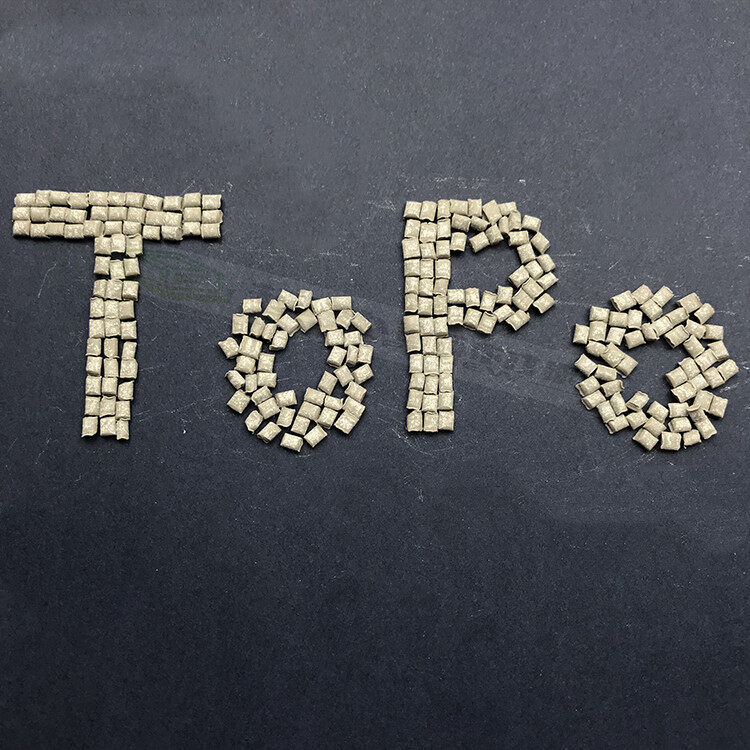Email format error
Email cannot be empty
Email already exists
6-20 characters(letters plus numbers only)
The password is inconsistent
Email format error
Email cannot be empty
Email does not exist
6-20 characters(letters plus numbers only)
The password is inconsistent

Offer Technical Support and Customized Solutions
The company is committed to creating new and improved plastic materials to meet the evolving demands of the market.

Introduction to The Heat Deflection Temperature
The heat deflection temperature refers to the temperature at which plastic particles begin to deform when heated. Plastic is a thermoplastic material and has a certain level of thermal stability. When plastic particles are heated to a certain temperature, the molecular chains of the plastic undergo a melting process, resulting in increased plasticity and ease of shaping.
Some key aspects related to the heat deflection temperature in plastic particles include:
Material selection:
Different types of plastics have different heat deflection temperatures. For example, the heat deflection temperature of polyvinyl chloride (PVC) is 60-100 degrees Celsius, while that of polypropylene (PP) is 130-171 degrees Celsius. Therefore, when selecting plastic materials, the desired level of thermal stability needs to be considered.
Thermal stability:
The heat deflection temperature is closely related to the thermal stability of the plastic. Plastics with high thermal stability can maintain stability even under high temperature conditions, while plastics with lower thermal stability are prone to melting and deformation when approaching or exceeding the heat deflection temperature. Therefore, in high-temperature applications, plastics with higher thermal stability need to be selected.
Processing conditions:
The heat deflection temperature of plastic particles is also influenced by processing conditions. In processes such as injection molding and extrusion molding, appropriate processing temperatures need to be maintained to ensure that plastic particles reach the heat deflection temperature and fully melt, thereby achieving the desired shape.
In summary, the heat deflection temperature is the temperature at which plastic particles begin to deform when heated. Understanding and mastering knowledge related to the heat deflection temperature is crucial for the selection of plastic materials and control of the processing process.

